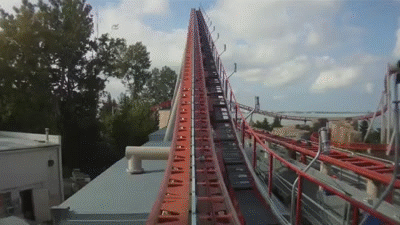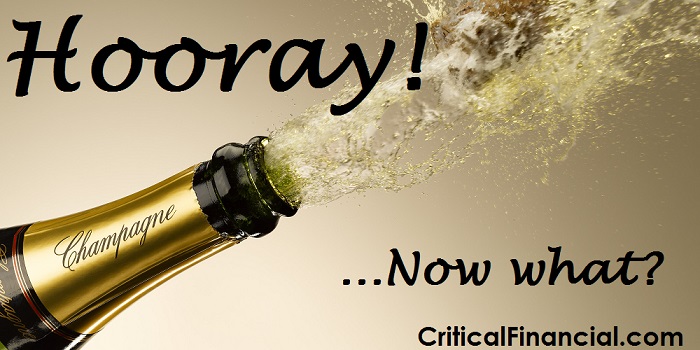Stocks appear to be increasing in volatility, yet the markets closed on Monday, December 4 with the Dow Jones Industrial Average is staying north of its most recent threshold, 24,000.
 If market volatiity makes you nervous, you’re not alone. But if you run for the exits in a hurry, you might have seller’s remorse later on.
If market volatiity makes you nervous, you’re not alone. But if you run for the exits in a hurry, you might have seller’s remorse later on.
If you sell before the market reaches a pinnacle, you get to watch stocks continue to go up.
Beware of Moving Too Fast
You might regret selling too soon and want to get back into the market. Try to resist the urge to go back in — that’s buying at a high, and you’ll regret that even more when the market goes back down.
Making too many moves into and out of stocks has become more difficult for those who do not qualify as professional investors. The pros have faster trading platforms and use algorithms to more rapidly than consumers can keep up with.
One way to take a middle ground entails selling stocks or funds gradually, rather than all at once. Another consideration if you’re not happy with volatility: Your appetite for risk might be on the moderate or conservative side of things. Ask yourself how much downturn in the markets you’re able to tolerate before pulling out — if a 10% drop worries you, look into a less aggressive investment strategy.
Should You Rebalance?
Both moderate and conservative entail reallocating an investment portfolio to include more fixed income, including bond funds.
Depending on what your investment time horizon is, if you had a moderate risk tolerance, you might opt for about 65% in stocks (or stock funds), 30% in bonds (or bonds) and 5% in money market funds or cash.
A conservative portfolio might shuffle that ratio to 25% stocks (or stock funds), 45% bonds (or bond funds), and 30% in money markets or cash, again depending on the time horizon.
Large Caps
The stock portion of both the moderate and conservative portfolio would have predominantly large-capitalization and dividend-paying stocks, with modest proportions of smaller-cap and foreign stocks.
The bond portions of these portfolios could include a mix of high-yield corporate bonds, foreign bonds, and government bonds — with the moderate strategy including more high-yield bonds.
If the stock market were actually going to crash within a year, even aggressive investors would do well to scale back to something more moderate.
Attempting to guess the market has some things in common with trying to count cards in a casino — neither works out well. That said, it wouldn’t hurt to consider whether to reallocate toward something more conservative.
Readers, how are your investments doing right now?
Jackie Cohen is an award winning financial journalist turned turned financial advisor obsessed with climate change risk, data and business. Jackie holds a B.A. Degree from Macalester College and an M.A. in English from Claremont Graduate University.

